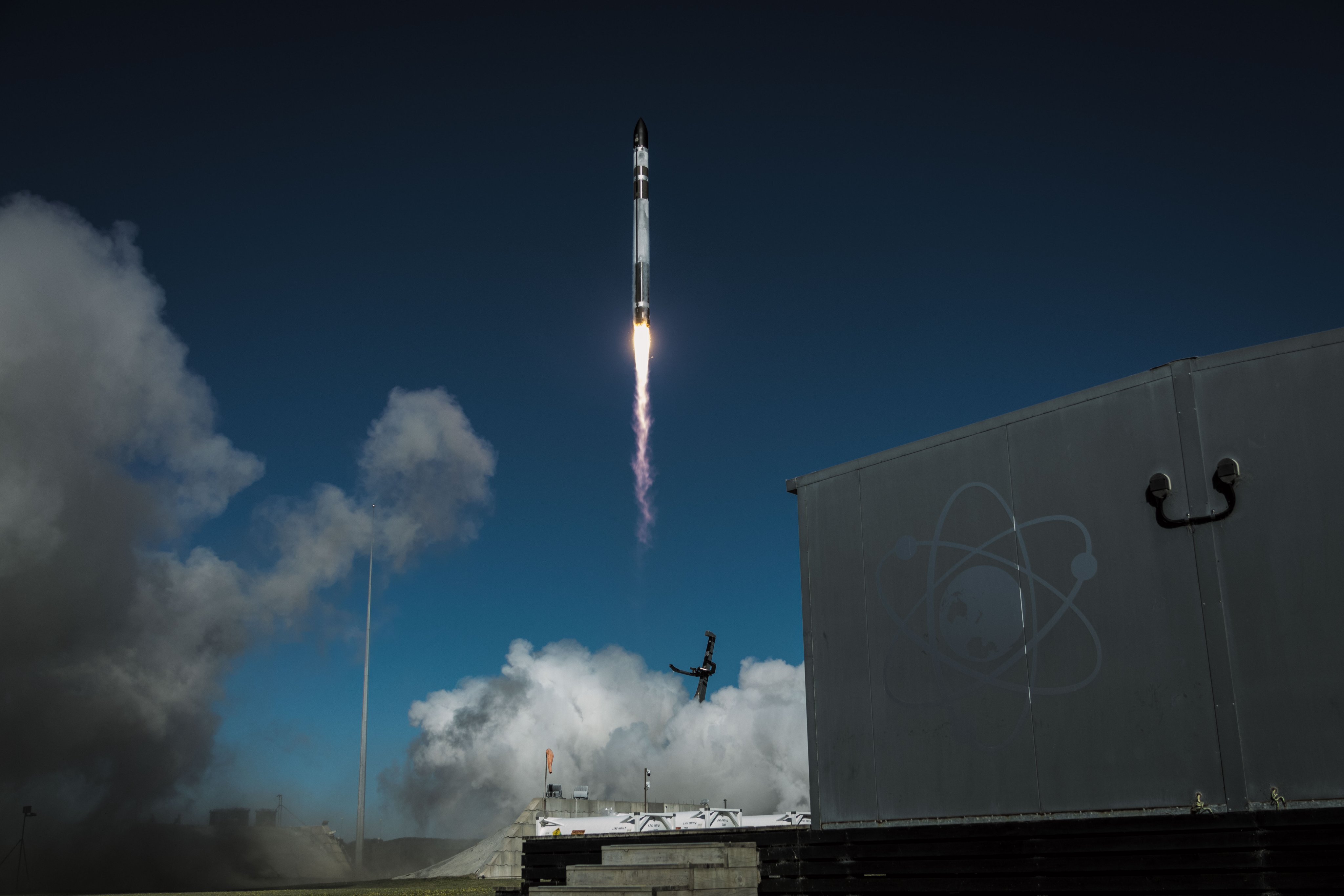Europe's Venus Express Probe Looks Back at Earth

A Europeanprobe bound for Venus has taken a parting glance at its home world as it headstoward its cloudy quarry.
TheEuropean Space Agency's (ESA) Venus Express probe photographed Earth and the Moonin both visible and infrared light during a shakedown of its instrumentpackage, which includes the VIRTIS imaging spectrometer.
"It showsthat the instrument is really working beautifully," Kevin Baines, a NASAparticipating scientist with Venus Express' VIRTIS team, told SPACE.com."It bodes well for the rest of the mission."
VIRTIS, an instrumentthat scans objects in the ultraviolet, visible and near-infrared range of thelight spectrum, is designed to track Venus' thick clouds at varying altitudes,as well as study their composition. Like many of the instruments aboard VenusExpress, VIRTIS is similar to a tool flown on a previous ESA mission - in thiscase the comet-bound Rosettaprobe.
When pointedat Earth, VIRTIS returned a familiar globe of blue and white - with day andnight sides easily discernable - in the visible range, while an infrared viewpresented a thermal glimpse of a planet awash in warm reds. The observationswill serve as a benchmark for comparison once the spacecraft reaches Venus, ESAresearchers said.
"Acomparison of Venus spectra with Earth spectra with the same instrument willalso be of interest for textbook illustration of the comparison between the twoplanets," said Pierre Drossart, one of two principal investigators for theVIRTIS instrument, in a statement.
VenusExpress turned its VIRTIS eye on the Earth-Moon system from a distance of about2.1 million miles (3.5 million kilometers).
Breaking space news, the latest updates on rocket launches, skywatching events and more!
The probe'ssix other primary instruments, such as its Venus Monitoring Camera, are alsogoing through their own series of checks and evaluations.
"It's liketesting a new airplane or car," Baines said. "Before you go off joyriding withit, you want to make sure everything works."
VenusExpress launchedspaceward late Nov. 8 EST from Kazakhstan's Baikonur Cosmodrome and is expectedto reach Venus in April 2006.
- Next Stop Venus: Europe's Express Probe Launches Toward Earth's 'Twin'
- A Cloudy Target: Europe's Venus Express Probe to Explore Shrouded Planet
- Image Gallery: Beneath the Clouds of Venus

Tariq is the award-winning Editor-in-Chief of Space.com and joined the team in 2001. He covers human spaceflight, as well as skywatching and entertainment. He became Space.com's Editor-in-Chief in 2019. Before joining Space.com, Tariq was a staff reporter for The Los Angeles Times covering education and city beats in La Habra, Fullerton and Huntington Beach. He's a recipient of the 2022 Harry Kolcum Award for excellence in space reporting and the 2025 Space Pioneer Award from the National Space Society. He is an Eagle Scout and Space Camp alum with journalism degrees from the USC and NYU. You can find Tariq at Space.com and as the co-host to the This Week In Space podcast on the TWiT network. To see his latest project, you can follow Tariq on Twitter @tariqjmalik.
